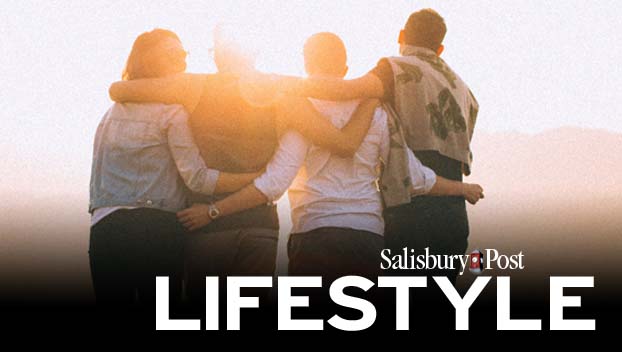Ester Marsh column: Are you afflicted by white coat syndrome?
Published 12:00 am Sunday, October 17, 2021
Do you have “white coat syndrome” while they take your blood pressure at the doctor’s office?
I sure do! White coat syndrome is where there is a big change from your regular blood pressure from when it is taken by a physician or other health care professional. My blood pressure runs typically 110 over 70 but now with all my visits, tests and pre-op appointments, I am more anxious than I realized, and my blood pressure shows it. Since I have found out I have cancer in my left tonsil and left lymph node, my blood pressure has been taken each time I go for a visit, and each time it has been around 139-89. Looking at the American Heart Association charts, 139 over 89 is considered hypertension stage one. Fortunately, they realize that I have the “white coat syndrome” and am anxious about my upcoming surgery and are not worried about it.
So, what is “normal?” Normal levels are systolic (the top number) less than 120 and diastolic (the bottom number) less than 80. Elevated 120-129 systolic and less than 80 diastolic. High blood pressure, hypertension, stage one is 130-139 over 80-89. High blood pressure, stage two is 140 or higher over 90 or higher. Hypertensive crisis where you need to go to the doctor immediately is when your numbers are higher than 180 for the top number and/or higher than 120 for the lower number.
So what are those numbers referring to? The top number, systolic, measures the pressure your blood is putting on your artery walls when the heart beats. The bottom and lower number, diastolic, measures the pressure on your artery walls when the heart is resting in between beats. Of course, your blood still flows but without the pressure of the heartbeat. As with all your visits, talk to your health care professional, ask why they are doing certain things and what you can do to help improve it, if your blood pressure runs high even outside the doctor’s office.
The Mayo Clinic recommends the following lifestyle changes to lower your blood pressure:
- Lose extra pounds and watch your waistline. The extra weight around your waistline can put you at greater risk for high blood pressure.
- Exercise regularly, preferable 150 minutes a week which is about 30 minutes a day most days of the week.
- Eat a healthy diet, whole grains, fruits, vegetables, low-fat dairy products. Check out the DASH diet (Dietary Approaches to Stop Hypertension) eating this way can lower your blood pressure up to 11mm Hg.
- Reduce sodium in your diet. Even small reductions can improve your heart health and lower blood pressure
- Limit alcohol consumption. Positive effects on blood pressure is one drink for women, and two for men. That protective effect goes away when you drink more than that. And if you do not drink at all don’t start just because it has positive effects in moderation. There are so many other things you can do to lower blood pressure without drinking alcohol.
- Quit smoking. Each cigarette you smoke increases your blood pressure for minutes after you finish.
- Cut back on caffeine. There is still a lot of debate on this. They do know that when people are not used to caffeine, it will raise their blood pressure. For people who regularly drink coffee, they may not experience any difference. If you have high blood pressure and drink caffeine, check your BP within 30 minutes of drinking a caffeinated beverage. If it goes up 5 to 10 mm Hg, limiting or eliminating caffeine may be beneficial for you. Make sure to talk to your doctor about it.
- Reduce your stress. Try to find out what stresses you out and find ways to deal with them focusing on issues you can control.
- Monitor your blood pressure and see your doctor regularly.
- Get support; family, friends, your local YMCA and gym can give you the emotional and physical boost you need.
And again, focus on kindness, respect, caring and understanding.
Ester Hoeben Marsh is health and fitness director at the JF Hurley Family YMCA.



